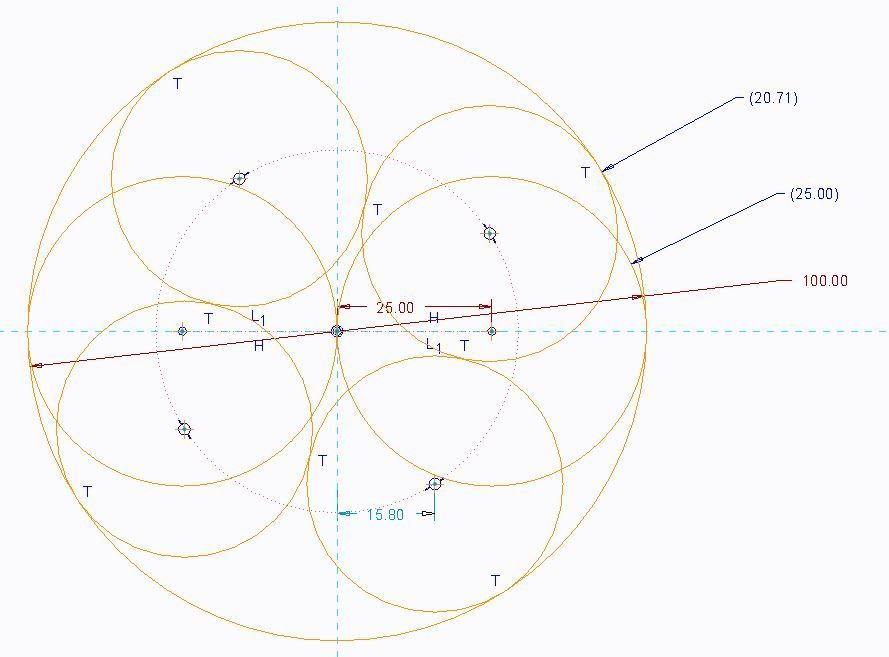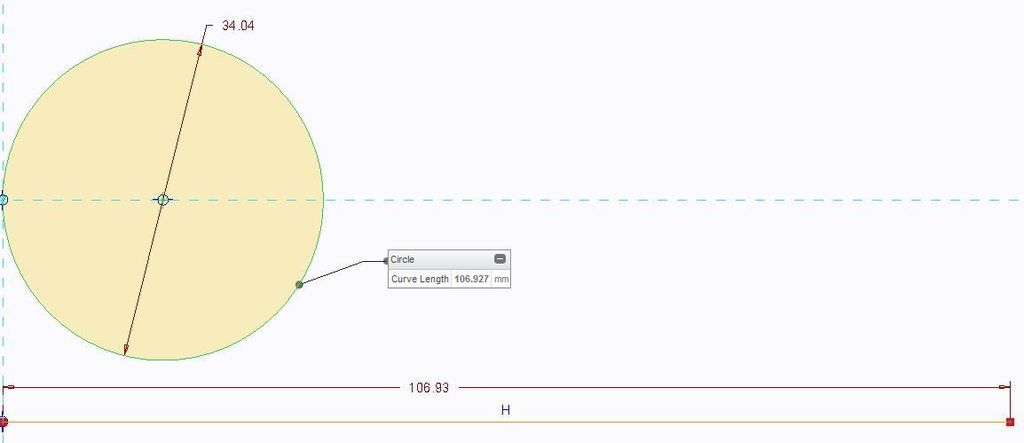blackedout12V
New member
Calm down internet tough guy.
If you actual read, you'll see that I was saying sorry for when I reread my post and I thought it sounded dick-ish. That's not how I meant it to sound.
That's stock vs stock.
If you take a circle (lets say 100mm diameter) and fit the biggest circles you can in it for a 2 valve setup and a 4 valve setup, you get a diameter of 25mm for the 2 valve and 22.71mm on the 4 valve.
Cross sectional area comes out to:
2 valve = 1347.4 in^2
4 valve = 981.7 in^2
That give the 24v a 37% increase max vs max.

the only thing accurate about that is the math, misleading at best, to use that to calculate max flow of a head


